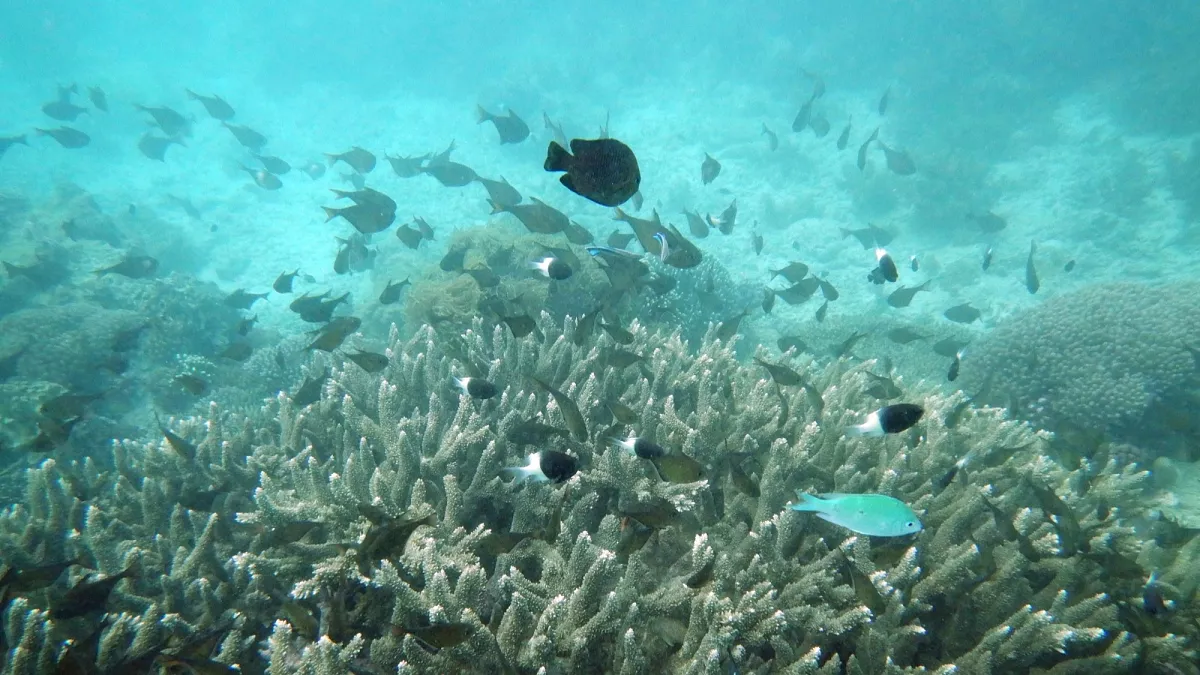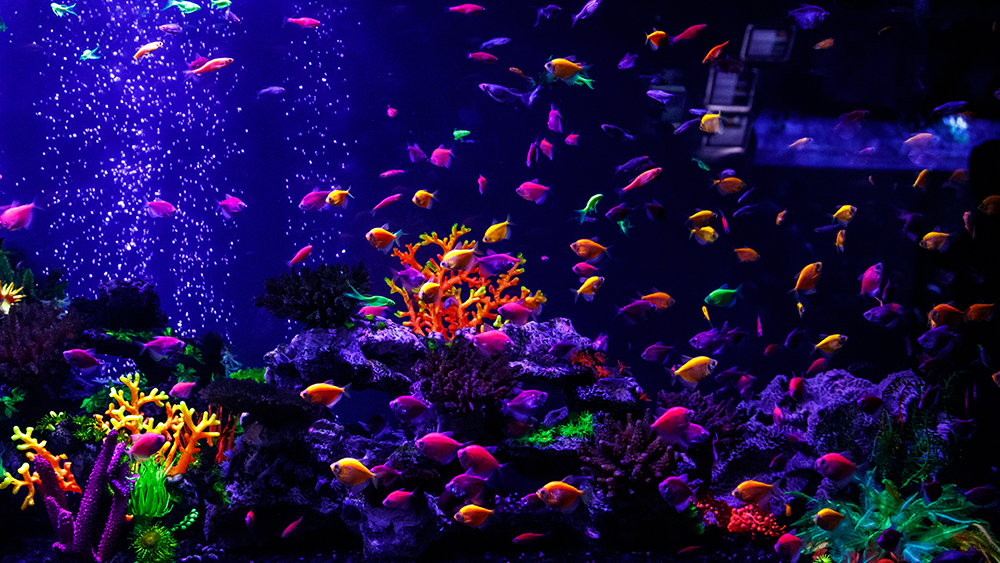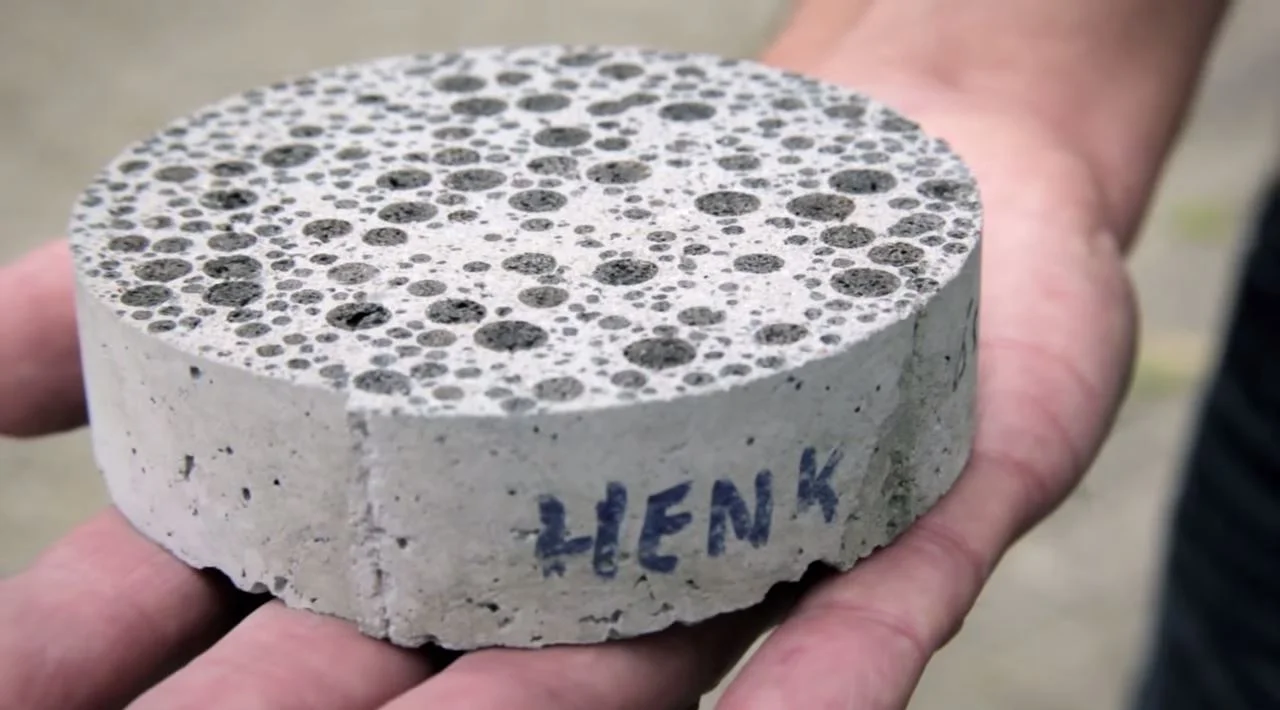solsticeuniversity.com – Far below the ocean’s surface, past the sunlight, the warmth, and frankly the will to live, there’s an alien world. A place where pressure could crush a submarine, the water is toxic soup, and temperatures swing between boiling and freezing. Yet down there, life thrives. These are the extremophiles — microscopic rebels that looked at hellish conditions and said, “yeah, we’ll make it work.”
Welcome to the Abyss
At depths beyond 3,000 meters, sunlight doesn’t exist. The pressure is hundreds of times greater than at sea level, and temperatures hover just above freezing — unless you’re near hydrothermal vents, where superheated, metal-rich water spews from cracks in the seafloor. Any normal organism would disintegrate instantly. Extremophiles, though? They built condos there.
The Chemosynthesis Crew
Most life on Earth depends on sunlight for photosynthesis. Not these maniacs. Deep-sea extremophiles feed off chemosynthesis — turning chemicals like hydrogen sulfide (yes, the stuff that smells like rotten eggs) into energy.
At hydrothermal vents, entire ecosystems grow around these microbes: giant tube worms, ghostly crabs, and eyeless shrimp that rely entirely on bacteria to survive. It’s basically a self-contained world powered by poison and darkness.
Pressure? No Problem
At those depths, pressure could crush metal — but barophiles (pressure-loving extremophiles) thrive in it. Their cell membranes are built differently, more flexible and resistant, allowing them to function while other cells would pop like balloons.
It’s like living in a blender set to “mountain collapse,” but for them, that’s home sweet home.
Boiling, Freezing, and Acid Baths — the Daily Grind
Some extremophiles live in boiling vent fluids exceeding 100°C. Others inhabit frigid polar waters beneath thick ice. Then there are acidophiles and alkaliphiles — microbes that live in environments with pH levels that’d strip paint.
Basically, every time scientists say “nothing could survive here,” an extremophile shows up and flips them off.
Why It Matters
Besides being metal as hell, extremophiles might hold clues to the origin of life — and to life beyond Earth. If microbes can thrive in deep-sea vents, maybe something similar exists under the icy crusts of Europa or Enceladus. NASA literally studies these creatures as analogs for alien biology.
They also inspire biotechnology — enzymes from heat-loving extremophiles are used in PCR tests, the same tech used for DNA analysis and medical diagnostics. So yeah, the creatures from hell helped us run COVID tests.
Extremophiles are proof that life doesn’t just adapt — it thrives in places that seem impossible. Down in the crushing dark, they remind us that existence isn’t fragile; it’s relentless, stubborn, and occasionally brilliant.




